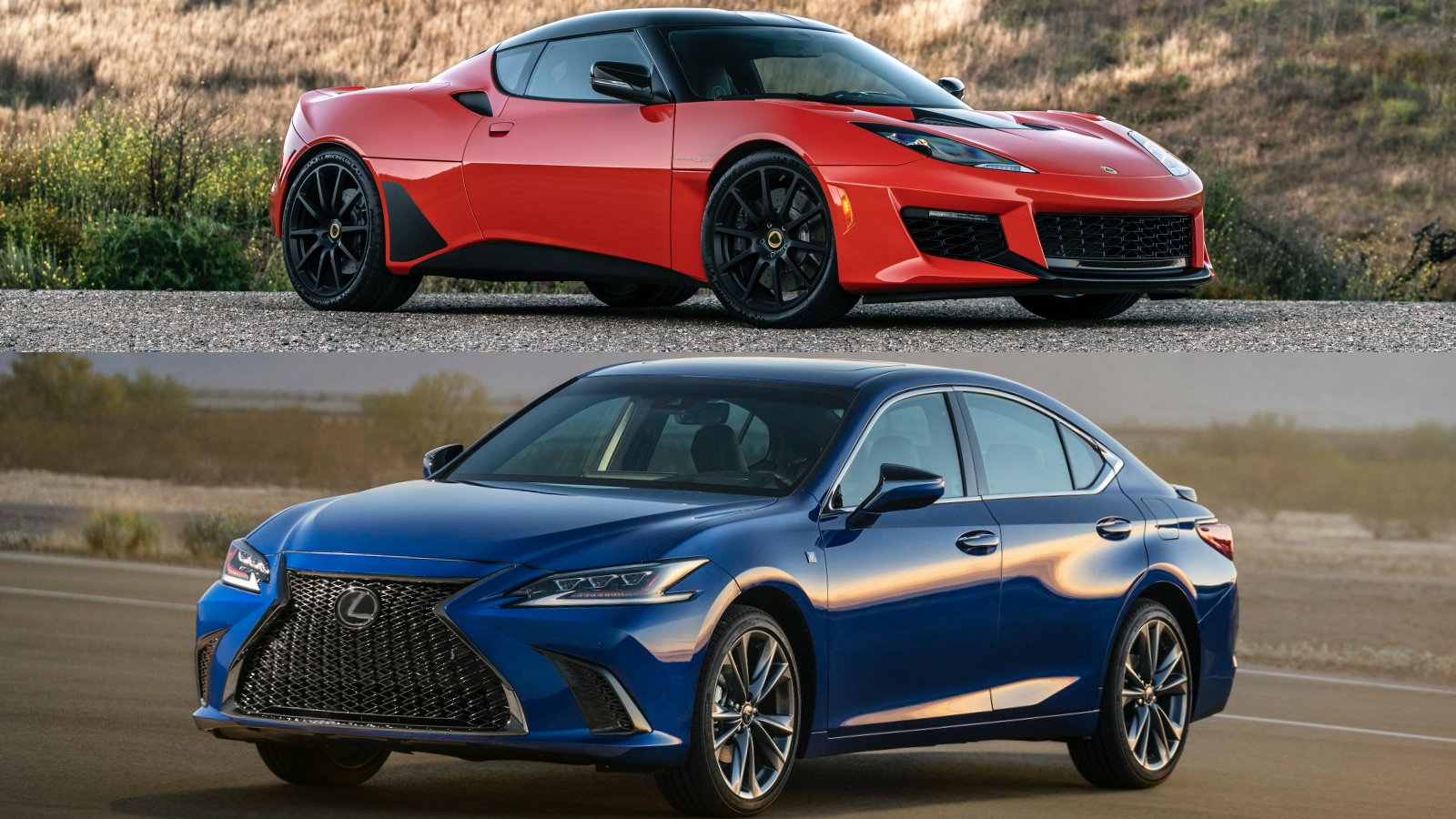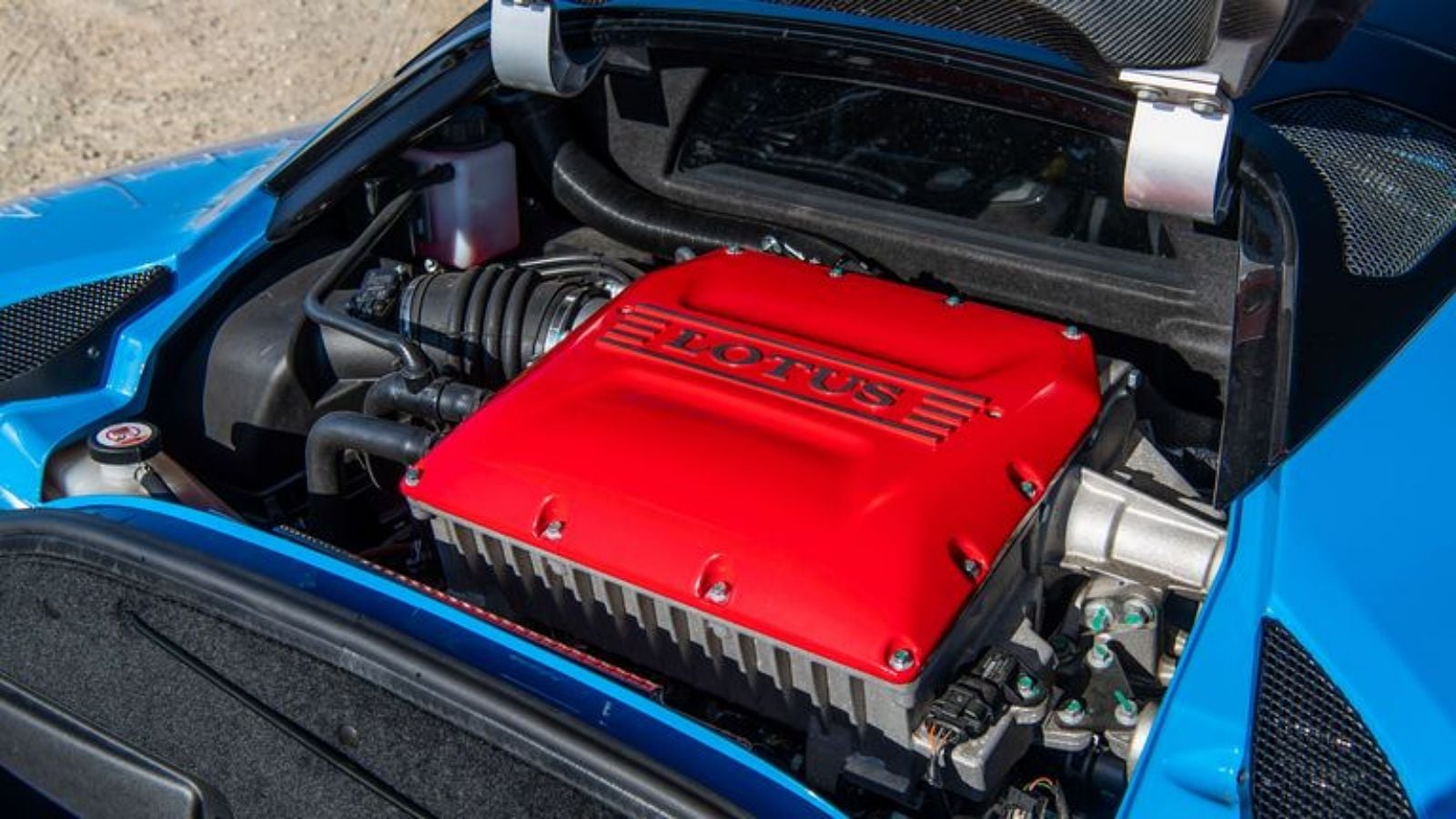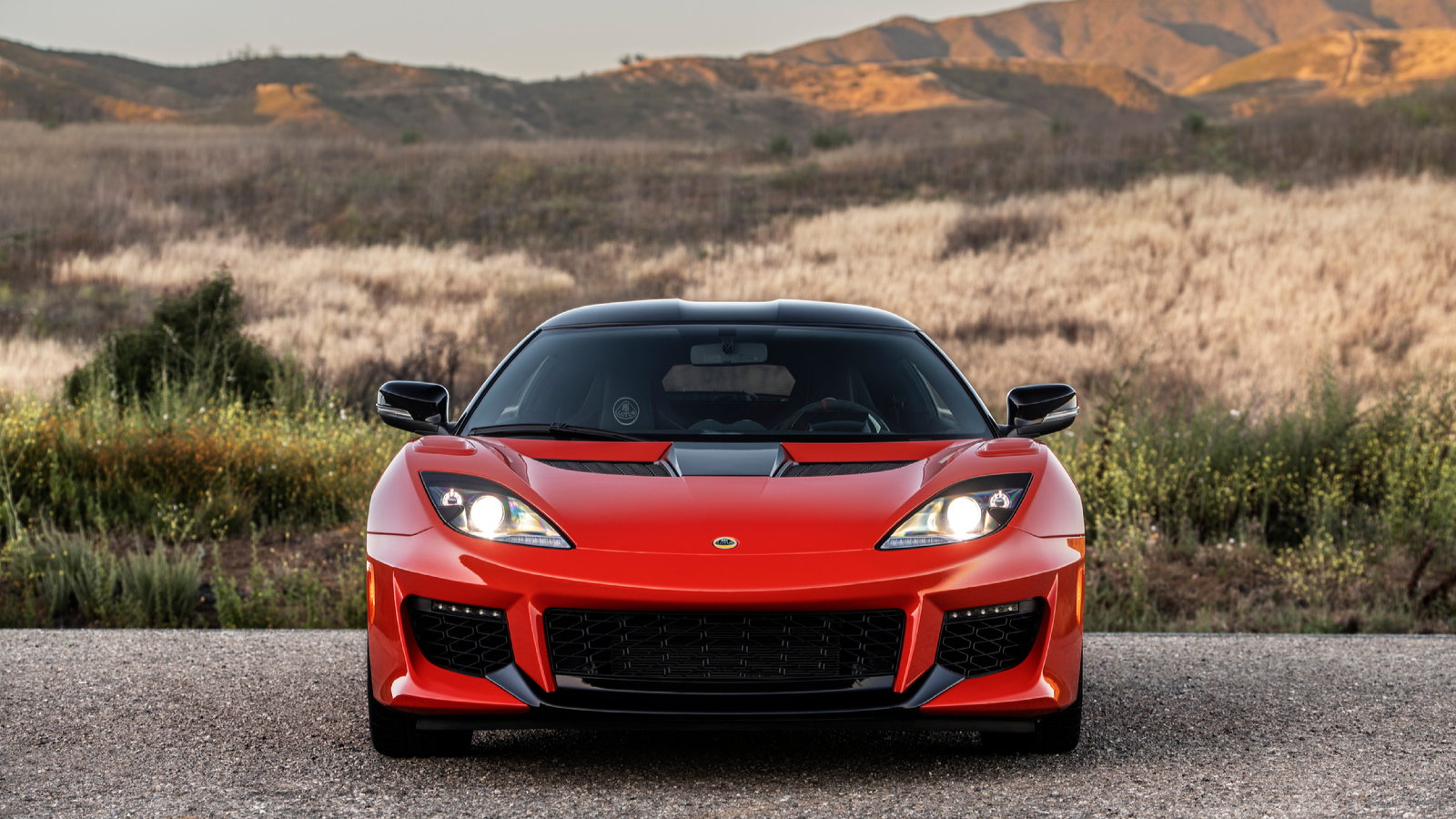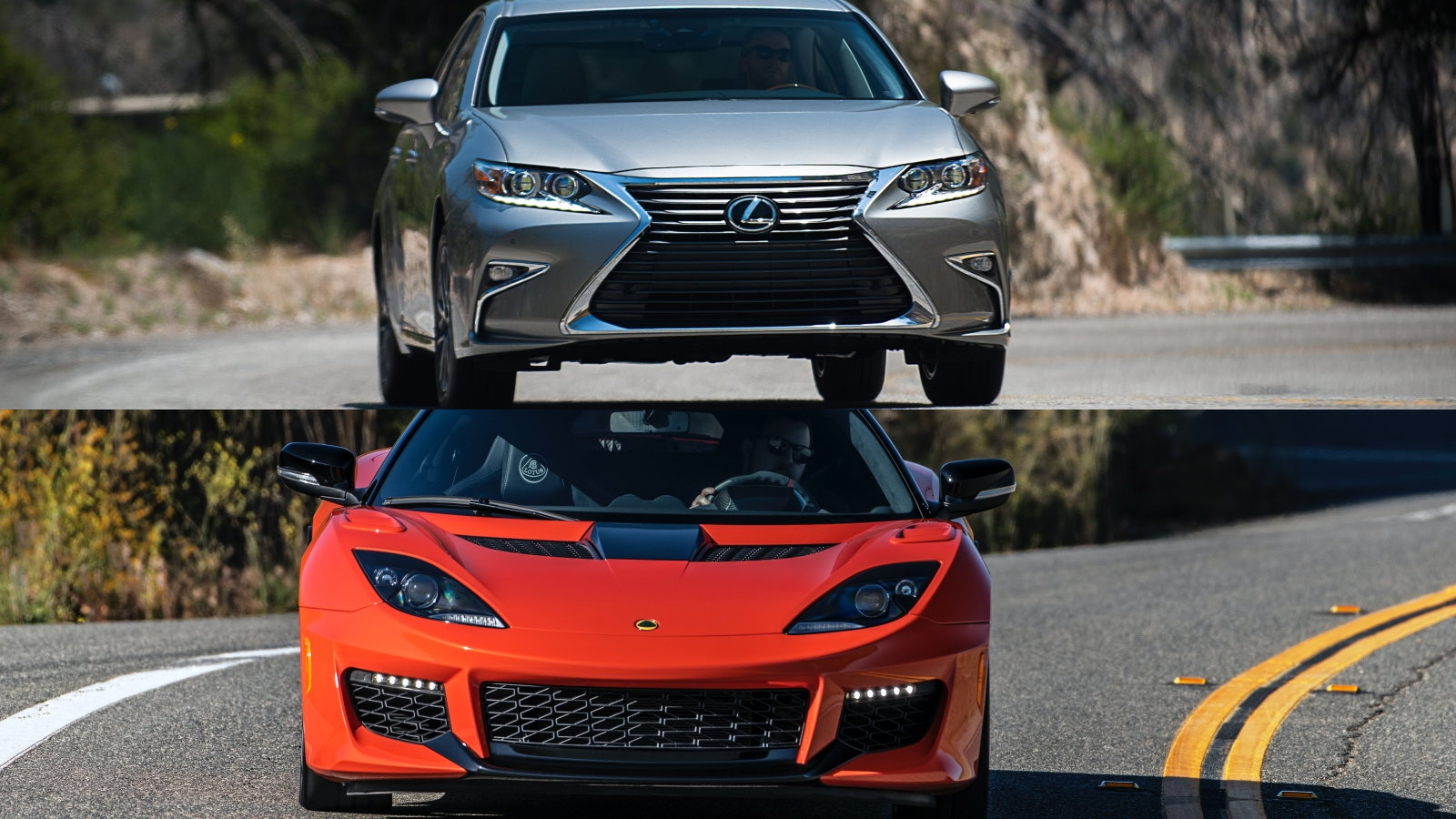Lotus vs. Lexus: Two Cars with the Same V-6
How the British automaker took something great and made it better.












An Unlikely Partnership
Lotus and Toyota have collaborated together for over 30 years; the British automaker helped Toyota develop the Celica Supra in the late 1980s, and Toyota supplied parts for the Lotus Excel. Since then, both companies have continued a partnership of sharing parts and engineering expertise. Beneath the sheet metal of the 2020 Lotus Evora GT lies a supercharged version of Toyota and Lexus' ubiquitous 3.5-liter V-6. So, how did Lotus take a Japan-sourced V-6 and craft a wonderfully beautiful British racing machine?
Image courtesy of Lotus.
2GR-FE
Behind the Evora GT cabin sits a 2GR-FE, 3.5-liter V-6. This engine launched in the mid-2000s across both Toyota and Lexus lineups, including Camry, Avalon, RAV4, ES350, and RX350. In naturally aspirated form, the 2GR-FE features an open-deck design with the all-aluminum cylinder block and cylinder heads, and Dual Variable Valve Timing with Intelligence, good for 295-314hp with 248-260 lb-ft of torque - depending on the application. Toyota has already introduced a newer variant of its 3.5-liter engine with an updated direct, dual-injection system.
Image courtesy of Lotus.
>>Join the conversation about the Lotus Evora GT right here in the ClubLexus forum.
Supercharged
In the Evora GT, an Edelbrock supercharger is attached to the top of its transversely mounted 2GR-FE V-6. Using an integrated water-to-air charge cooler, the supercharger pumps out 8.7 psi of boost and brings total output for the Lotus upwards of 416 hp and 317 lb-ft of torque.
Image courtesy of Car and Driver.
>>Join the conversation about the Lotus Evora GT right here in the ClubLexus forum.
Racing Body
The Evora GT's body is designed to maximize aerodynamic downforce. The front wheel arch louvres and sculptured carbon fibre ducts behind each rear wheel vent high pressure air from the wheel arches and a motorsport-derived rear diffuser all contribute to increasing downforce on the body of the Evora GT. Drag is reduced by carefully curved lower A-panels that smooth airflow along the sides of the car. Undercar airflow is reduced thanks to a low-slung body with front lip under the composite grille.
Image courtesy of Lotus.
>>Join the conversation about the Lotus Evora GT right here in the ClubLexus forum.
Acoustics
It's interesting how the same engine can sound so different. Crank the Lotus and you're greeted with a throaty burble; slam your foot down and a symphony of supercharger whine, grunt, and pop trumpets through the titanium exhaust outlet. The Lexus ES 350 exhaust note has some grunt, but it's far more muted and linear than the Lotus. Even the performance-oriented Lexus ES 350 F Sport or Toyota Avalon TRD are no match against the Evora GT's soundtrack.
Image courtesy of Lotus.
>>Join the conversation about the Lotus Evora GT right here in the ClubLexus forum.
Head to Head
Obviously, even in its most powerful form, any Toyota or Lexus with a naturally aspirated 2GR V-6 will be blown away by the supercharged Lotus Evora GT. The Lotus throws down approximately 100 more horsepower and 100 more lb-ft of torque over the naturally-aspirated variants in either a Toyota or Lexus. An Evora GT will do 0-60 in 3.8 seconds, whereas a Lexus ES 350 or Toyota Avalon will do the same run in about 6 seconds. While Toyota and Lexus have made a quality V-6, Lotus has taken something great and made it near perfect for its racing-minded customers.
>>Join the conversation about the Lotus Evora GT right here in the ClubLexus forum.
For help with your maintenance and repair projects, please visit our how-to section in the forum.
